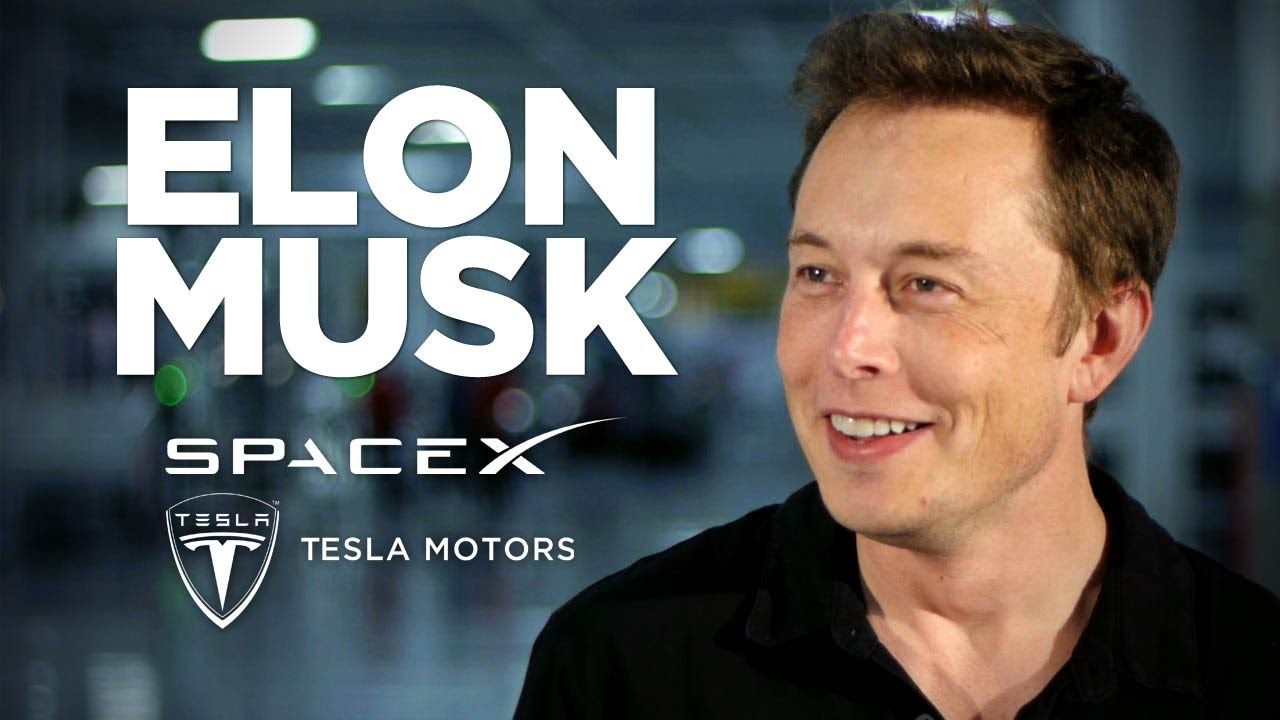Now, there are a number of things you could call Elon Musk. You could say he’s ambitious or intriguing. Even innovative and driven, just to name a few. But, if there is anything the man is really good at, it’s convincing people to give him money. Over the last seven years alone, he’s asked his cult of long-time and obsessive followers to supply funds to help with Tesla’s growth a total of eight times, and there was obviously enough secured to keep Tesla running full steam ahead. Now, within just a couple days after the big launch and first deliveries of the Model 3, Musk admitted that he needed more money to fund Model 3 production – a total of $1.5 Billion. He decided to throw a four-day debt-marketing party aimed at raising that insane amount of money and was reportedly able to raise nearly $600 million in just a few hours by selling junk-rated bonds to debt investors. And, the crazy part is, most will walk away with no more than five-percent interest on their bonds, even if everything goes swimmingly.
Chief Investment Officer of Lehmann, Livian, and Fridson Advisors LLC, Marty Fridson, told Automotive News that these junk bonds are actually a decent deal for the investors. “The reason they’re getting a good deal is because yields are near record lows and risk premiums are much less than they should be. Tesla is taking advantage of that.” And, that shouldn’t come as a surprise considering the Model 3 is the one big chance Tesla has to actually become a mass market manufacturer. And with an ambitious goal of ramping up production, the company does need all of the help it can get. After all, Musk projects a total of 500,000 vehicles produced in 2018 with as many as one million per year starting in 2020.
But, is it all copasetic or is the smoke and mirrors game really in risk of sticking it to investors?
It Could be a Rough Road
With the ramp up of production over the next three years, shareholders should see some pretty decent profits, however, those who have decided to go with the bonds this time around will see limited income, with the only bonus coming from the bonds they purchased over the next eight years. With tons of electric cars currently in development and planned to hit showrooms over the next five to seven years, Tesla will go from a near-stand-alone competitor to splitting its piece of the pie with the big boys – something that should raise at least some concerns in the investment community. As a small Automaker like Tesla, launching a new model is nowhere near as easy as it is for a company like General Motors, Mercedes, Toyota, or Honda. If the car is a dud, the losses could be enormous, which is yet another concern as Tesla has posted real profits only a handful of times throughout its existence.
So, now we have a small company, that’s about to ramp up production to pro status, which isn’t exactly an easy task. And, producing at such high volumes this early on could be quite risky should Tesla find itself a victim of too much or too strong of competition. For now, everything seems all hunky dory over in the land of Tesla, but whether or not Tesla can keep its word is a completely different story. We’ve all seen how the company has been plagued by delays in the past and it’s quite possible that the company could miss its production goals for not only 2018 but for 2020 as well. And, even if the company does hit those production numbers, it needs to be able to sell just as many vehicles. The Model 3 is painted as an affordable vehicle, but it’s really quite basic, so the extra income from options should help increase revenue. Then again, the addition of those options will push it beyond that affordable status which could turn into a big issue for Tesla as there’s not much money to be made from $35,000 EVs.
So far, the company seems to have raised enough to start putting forth real effort into increasing production, but that $600 million that was just invested is only a third of what Elon Musk is searching for – a far cry from $1.5 million. It should also be noted that the same platform that has been used on the Model 3 will also be used on the upcoming Model Y, which will shorten the time it takes to actually launch the vehicle and could help improve sales and profits. It is being billed as an affordable EV crossover, and a smaller version of the Model X, so the profit margins on its base model will be rather thin too. As such, Tesla will be relying on those options yet again to turn a profit and hopefully lead to it making up for some of the debt it has accrued over the years. After all, the company managed to burn through $1.16 billion in the second quarter of 2017 alone, so we’re not talking about peanuts here.
On the plus side, the company’s current stock price is hovering right around $366 a share, which is quite phenomenal and gives it a market cap of $58.6 billion. That’s $7 billion higher than GM as of the time of this writing. So, the question is, is it all smoke and mirrors, or will Tesla turn out to be the company that all of its investors think it will be? Only time will tell, but let us know what you think in the comments section below.
References
Tesla Model 3
Read our full review on the Tesla Model 3.
Tesla Model Y
Read our full review on the Tesla Model Y.
Tesla Model X
Read our full review on the Tesla Model X.

